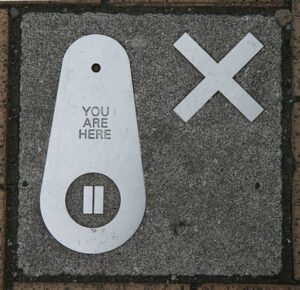A new report from the National Student Clearinghouse shows that student transfers during the pandemic have declined by 13.5%. That translates to 300,000 fewer transfer students moving from one institution to another. Community colleges have suffered the most in terms of enrollment since the pandemic started.
The report contemplates several transfer scenarios, but the report missed one explanation for the “missing” transfer students. Given that higher education institutions have a combined excess capacity of more than five million seats, it is possible that the missing “transfer” students simply started out at a four-year institution. No transfer necessary.
If this is the case, it is unwelcome news for community colleges, which depend on enrolling a certain number of students whose goal is to transfer to a four-year institution. Competition for students is scaling up, especially among smaller universities. Taking in students who would otherwise have started at a community college is an expedient way to prop up university enrollment.
The sheer number of universities that have used the pandemic as a convenient reason to ditch the SAT, ACT, and other admissions tests bears this out. Doing so has opened a wider range of applicants among traditionally more selective schools. When more selective schools loosen their acceptance criteria, mid-tier universities must scramble to find students.
Community colleges, who end up with a shallower pool of applicants from which to draw, feel the overall impact. If nothing else, it underscores the importance of firing up more effective student recruiting strategies and finding additional non-traditional students.
Moving past the transfer students
There is nothing wrong with developing transfer pathways from community colleges to universities. Of late, however, community colleges have become overly reliant on transfer students to fill their classrooms. In many cases, two-year institutions have sacrificed their occupational and vocational education programs in favor of targeting transfer students.
Vocational and occupational education are expensive and as some community colleges have discovered, it is difficult to find qualified teachers. That makes these programs a tempting target for cuts, which community colleges have done in considerable numbers. Over the past three decades, the number of students enrolled in occupational or vocational education programs has declined by about 25%.
That does not fully represent what is happening. While some students may have chosen not to enroll in occupational education programs because their own interest in occupational education has waned, others may have chosen a different enrollment path due to the lack of occupational education programs available.
The bottom line for community colleges is that they will need to work harder to recruit non-traditional students back into their classrooms. That means finding students who have taken some classes and then dropped out. Predominantly undergraduate institutions (PUI) do not typically appeal to these students, who may have stopped out for any number of reasons. That offers community colleges fertile recruiting grounds stocked with prospective students whom traditional universities are not likely poach.
When I say “finding students” I do not mean marketing. I mean developing programs that appeal to non-traditional students. And programs that can put graduates into high-demand, high-wage occupations.
The death of the transfer business means community colleges will simply have to invest more heavily in their occupational and vocational programs – something that has been a long time coming.
Photo Credit: Yong L. , via Flickr



































